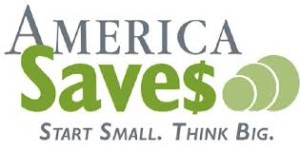 It’s America Saves Week (February 25-March 2, 2013). Do you know what your savings rate is?
It’s America Saves Week (February 25-March 2, 2013). Do you know what your savings rate is?
If you’re in the center of the American savings bell curve, you probably don’t have a savings plan with specific goals and don’t know your net worth.
Two-thirds of U.S. adults say they have sufficient emergency savings for unexpected expenses like a visit to a doctor. However, only one-half of non-retired people believe they’re saving enough for a retirement where they’ll have a “desirable standard of living.”
This six annual survey by the Consumer Federation of America, the American Savings Education Council, and the Employee Benefits Research Institute (EBRI), found that Americans report no improvement in their family’s financial condition over the past year. Between 2010 and 2012, households’ financial positions declined based on falling savings rates. Specifically, there’s been no upward movement in peoples’ savings rates (the difference between income and savings being flat), raising emergency savings, or greater saving for retirement.
Over 1,000 organizations — non-profits, government, and for-profit companies participate in the America Saves movement. The survey was conducted among 1,008 adult Americans via landline and cell phones in the first week of February 2013.
To do your own financial health check-up, the New York Times offered this useful tool, How to Self-Diagnose Your Financial Health.
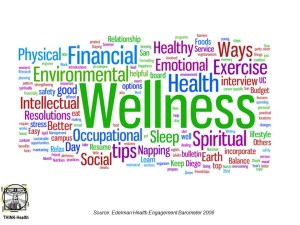 Health Populi’s Hot Points: Financial wellness is an integral component of peoples’ definition of their whole health. The Edelman Health Barometer found that 4 in 5 people cite personal financial health (e.g., “money in the bank” and ability to pay bills on-time) as the most important aspect of health and wellness just after physical health, mental and emotional health, and physical appearance.
Health Populi’s Hot Points: Financial wellness is an integral component of peoples’ definition of their whole health. The Edelman Health Barometer found that 4 in 5 people cite personal financial health (e.g., “money in the bank” and ability to pay bills on-time) as the most important aspect of health and wellness just after physical health, mental and emotional health, and physical appearance.
Connecting dots between wealth and health is recognizing the influence of “other” forces beyond the health care system that shape our health. We each have our own unique health care ecosystem that we mine every day — even though we’re largely unaware of this. What we eat, where we park the car, and, yes, how we deal with money, all drive our health for well or ill.
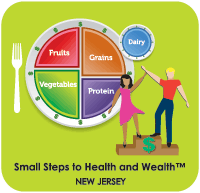
In New Jersey, the Rutgers New Jersey Agricultural Experiment Station developed the Small Steps to Health and Wealth program which was designed to motivate people change behaviors that, simultaneously, improve their health and personal finances. Here’s one post to help consumers “step down shopping to save money,” and another to help spot a fad diet. A PDF poster asks, “Is your lunch eating your lunch,” challenging people to calculate just how much they’re spending on carrying out lunch instead of brown-bagging; this, too, has a health message in that bringing your own food, planning nutrition in advance, usually means eating more healthfully — while saving money.
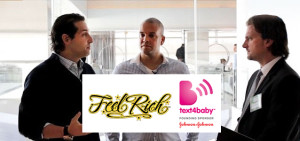
The message of “health is wealth” isn’t just for Boomers to worry about. If you’re in your 20s or 30s, see what the Feel Rich team is up to. “Health is the new wealth. Join the movement,” Feel Rich invites you to do. Their mission is to “make every ‘hood in the world healthier” through getting the word out about health being central to living well. Feel Rich has partnered with text4baby and Johnson & Johnson; earlier this month, Tyrese’s text4baby lullaby premiered, “delivered” (pun intended) to a new mom who participates in the text4baby mhealth program enhancing prenatal health for expectant moms. I wrote about Feel Rich’s launch here in Health Populi. See Trend 2.
As you project-manage these concepts into your life, consider the many sages who bought into “health is wealth”….
Virgil: “The greatest wealth is health.” And, Emerson: “The first wealth is health.”
Finally, reminding us of the value of our social networks combined with health, the great Buddha said, “Health is the greatest gift, contentment the greatest wealth, faithfulness the best relationship.”




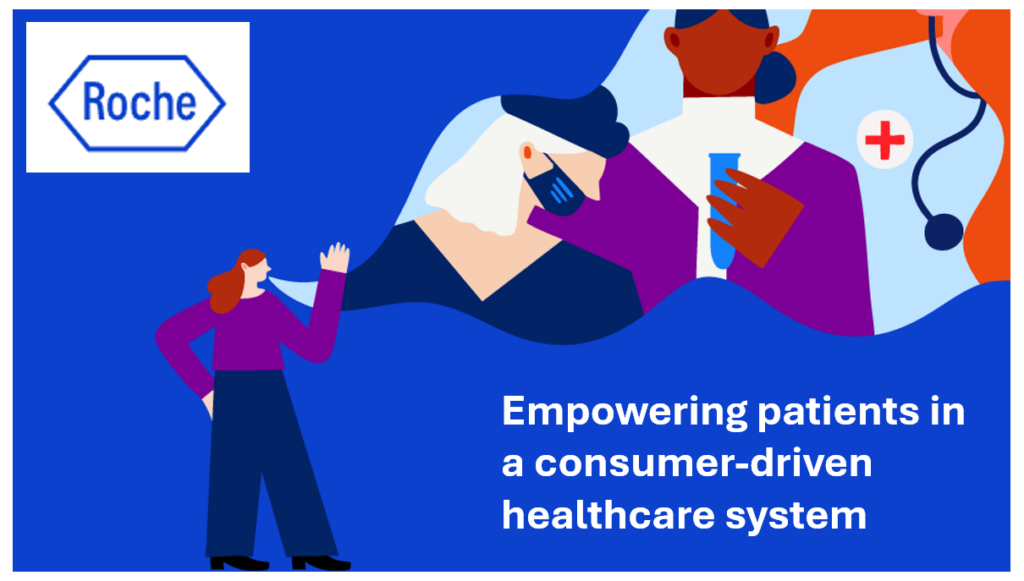 Thank you Team Roche for inviting me to brainstorm patients as health citizens, consumers, payers, and voters
Thank you Team Roche for inviting me to brainstorm patients as health citizens, consumers, payers, and voters  For the past 15 years,
For the past 15 years, 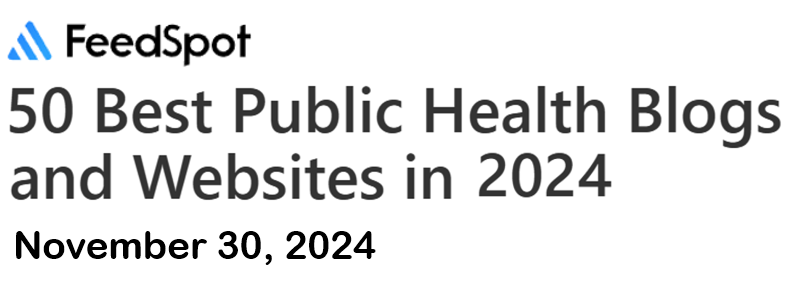 Thank you, Feedspot, for
Thank you, Feedspot, for